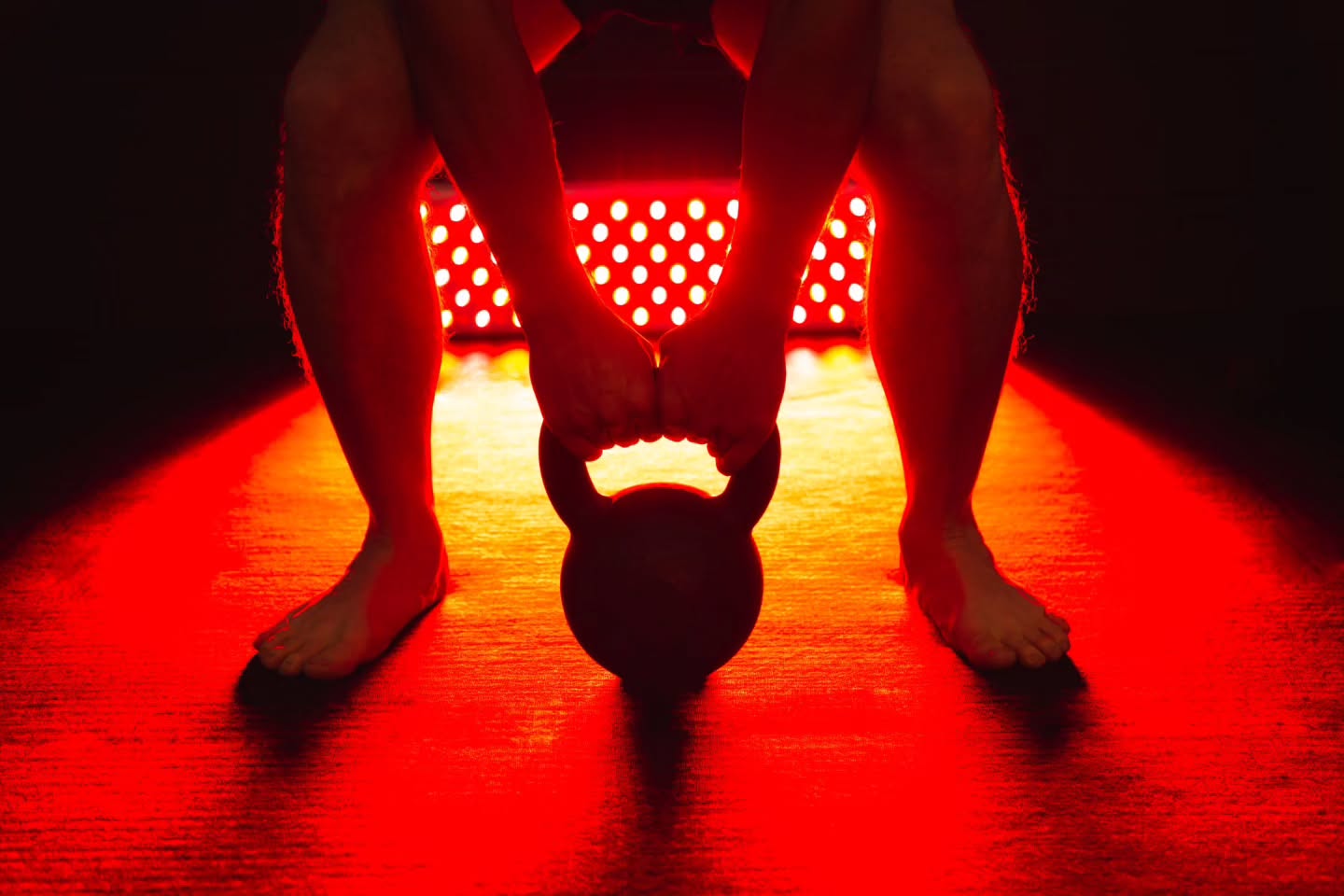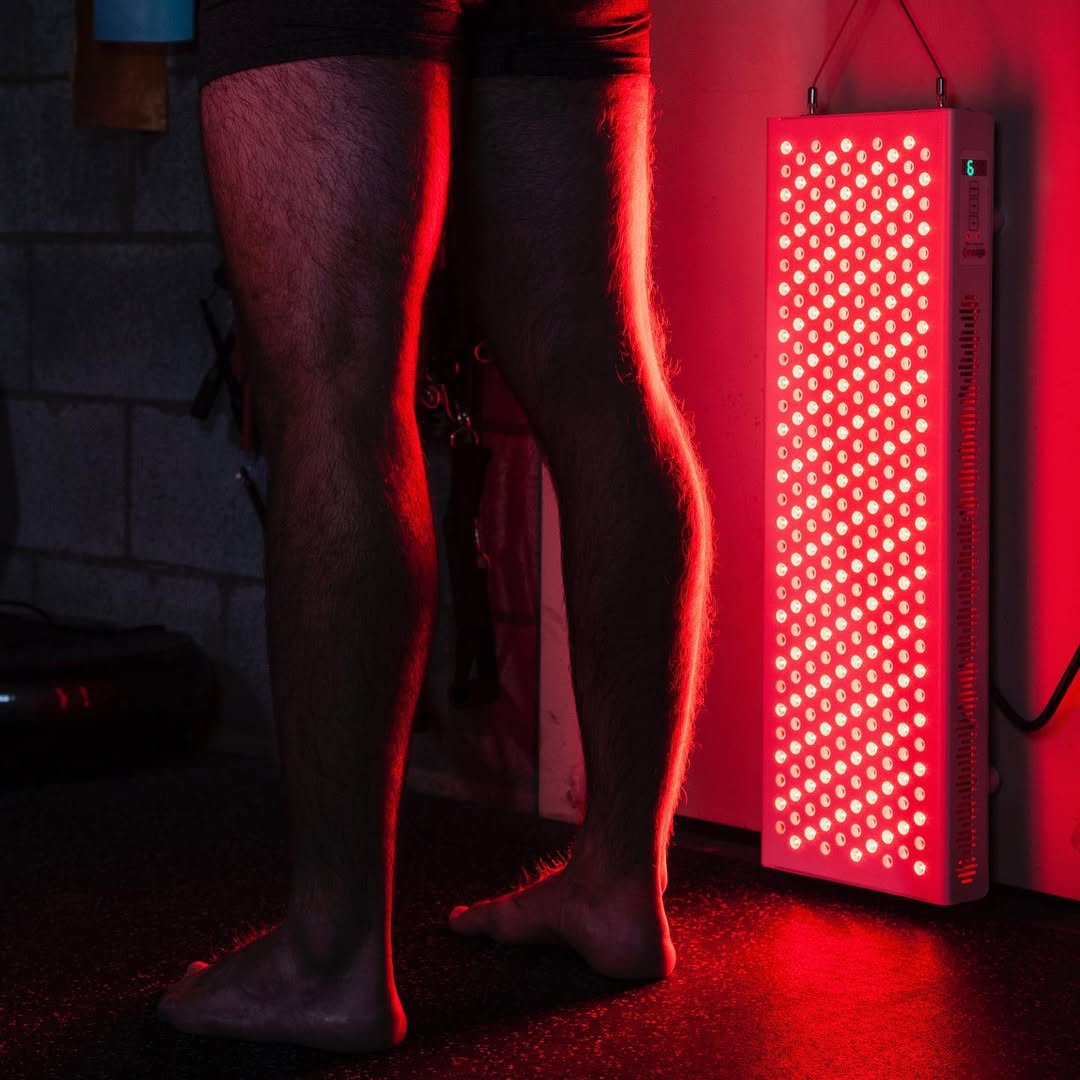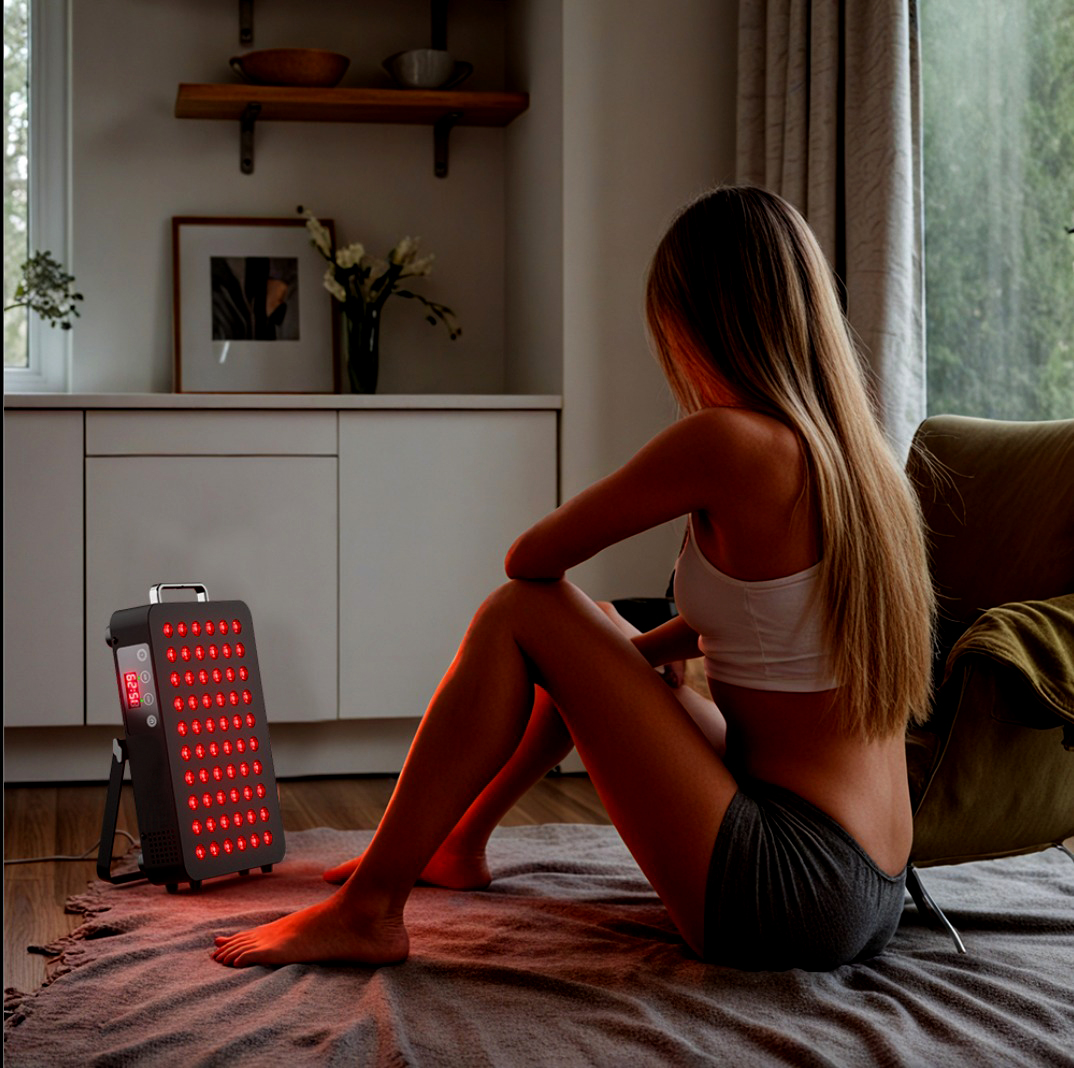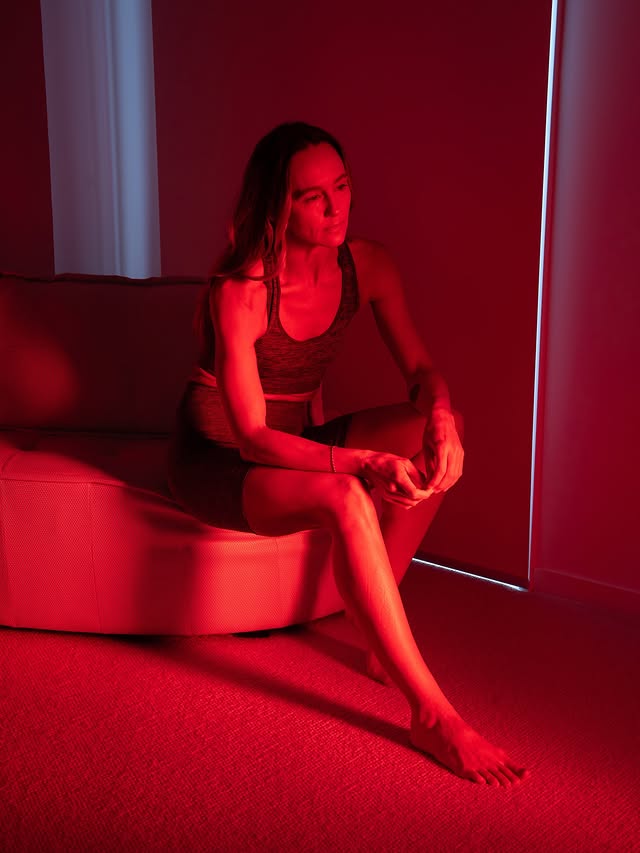![]() Free Shipping
Free Shipping ![]() Buy Now, Pay Later
Buy Now, Pay Later ![]() Eligible
Eligible
Do You Need Eye Protection for Red Light Therapy? A Clear-Eyed Guide
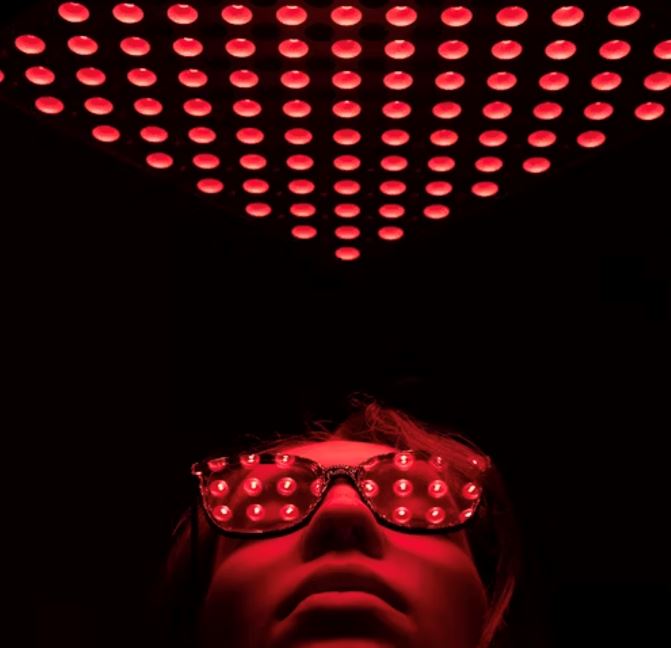
Red light therapy (RLT) is surging in popularity for its potential benefits, from skin rejuvenation and wound healing to reducing inflammation and improving sleep. But as you stand before that soothing crimson glow, a crucial question arises: Should you be protecting your eyes?
The answer isn’t a simple yes or no. It depends on the type of light therapy you’re using and the specific wavelengths involved. This guide will cut through the confusion and give you a clear, science-backed answer.
The Short Answer: It Depends on the Light Color
The need for eye protection in red light therapy is primarily determined by the wavelength of light being emitted.
- For pure Red Light (630-700nm): Eye protection is generally not required and is often considered safe for brief, direct exposure with your eyes open.
- For Near-Infrared (NIR) Light (700-1200nm): Eye protection is highly recommended or often mandatory. NIR light is invisible and can pose a risk to the delicate structures of the eyes.
To understand why, we need to delve into the science of how these different lights interact with your eyes.
The Science of Light and Vision: Red vs. Near-Infrared
Your eyes are designed to process visible light, but they are not well-equipped to handle high intensities of invisible light, especially infrared.
How Red Light Interacts with the Eye
Red light falls within the visible spectrum. This means your retina is naturally designed to perceive it.
- The Retina’s Role: When you open your eyes to red light, the photons reach your retina, where they are converted into electrical signals for your brain. In therapeutic contexts, this is believed to stimulate cellular energy production (ATP) in the retinal cells, which is why some studies are exploring RLT for eye health conditions like age-related macular degeneration.
- The Key Factor: The intensity of consumer and clinical RLT devices is typically very low and does not generate significant heat, making it safe for short-term, direct exposure.
Expert Insight: “While high-intensity red light can cause discomfort and temporary flash blindness, the irradiance levels used in most at-home and clinical red light therapy panels are considered non-damaging to the eyes. The body of research actually points towards potential benefits for retinal health when used appropriately.” – Paraphrased from current photobiomodulation research.
The Potential Risks of Near-Infrared Light
Near-Infrared light is invisible. Because you can’t see it, your natural protective reflexes (like squinting or pupil constriction) don’t activate as effectively.
- Penetration Depth: NIR light penetrates much deeper into tissues than red light. When it enters the eye, it can pass through the retina and be absorbed by the choroid (the layer behind the retina) and the lens.
- The Primary Concern: Cataracts. Prolonged and repeated exposure to NIR light is a well-documented risk factor for the development of cataracts. The heat generated can cause the proteins in the eye’s lens to denature and clump together, leading to cloudiness.
- Lack of Sensation: You won’t feel any pain or immediate discomfort from NIR exposure, making the risk insidious.
Manufacturer Guidelines and Common Sense
Always, without exception, follow the manufacturer’s instructions that come with your device.
- Professional Panels: Most high-quality panels that emit both red and NIR light will include certified safety goggles. Use them. The manufacturer has determined that the output, particularly of the NIR wavelengths, warrants protection.
- At-Home Masks and Handheld Devices: Many of these devices are designed with built-in safety features, like automatic shut-off when not in contact with skin or are low-power enough to be used around the eyes without protection. Again, check the manual.
Types of Eye Protection for Red Light Therapy
If your device requires or you prefer to use eye protection, here are your options:
- Blackout Goggles: These are the most common type provided with panels. They are completely opaque and block 100% of light, ensuring total safety. They are essential for NIR therapy.
- Tanning Bed Goggles: While they block UV light effectively, they are not designed for RLT. They may allow a significant amount of red and NIR light to pass through, offering a false sense of security. Not recommended.
- Keeping Your Eyes Closed: For pure red light therapy sessions, simply keeping your eyes closed can be sufficient. Your eyelids will block and scatter a large portion of the red light, significantly reducing the exposure to the retina. However, this is not a reliable method for NIR light, as NIR can penetrate the eyelids.
Summary Table: Do You Need Eye Protection?
| Therapy Type | Wavelength | Visible? | Eye Protection Needed? | Rationale |
|---|---|---|---|---|
| Pure Red Light Therapy | 630-700 nm | Yes | Generally No | Visible light; low risk at therapeutic intensities. May even be beneficial for retinal cells. |
| Near-Infrared (NIR) Therapy | 700-1200 nm | No | Yes, Highly Recommended | Invisible light; penetrates deeply. Risk of cumulative damage, including cataracts. |
| Combined Red & NIR Panel | 630-850+ nm | Partially | Yes, Follow Manufacturer Guide | The presence of NIR wavelengths necessitates the use of provided opaque goggles. |
VELLGUS Elite V2
THE #1 RATED RED LIGHT DEVICE
VELLGUS pro V2 + flex stand
THE #1 RATED FULL BODY RED LIGHT DEVICE
The need for eye protection during red light therapy is not a one-size-fits-all rule. To ensure your safety:
- Identify Your Wavelength: Know if your device emits red light, NIR light, or both.
- Read the Manual: The manufacturer’s instructions are your most important resource.
- When in Doubt, Block it Out: If you are unsure or using a device with NIR capabilities, wearing the provided opaque goggles is the safest choice. It eliminates any risk and allows you to enjoy the extensive benefits of red light therapy with complete peace of mind.
Protecting your vision is paramount. By understanding the science and following simple safety protocols, you can harness the power of light therapy safely and effectively for years to come.





